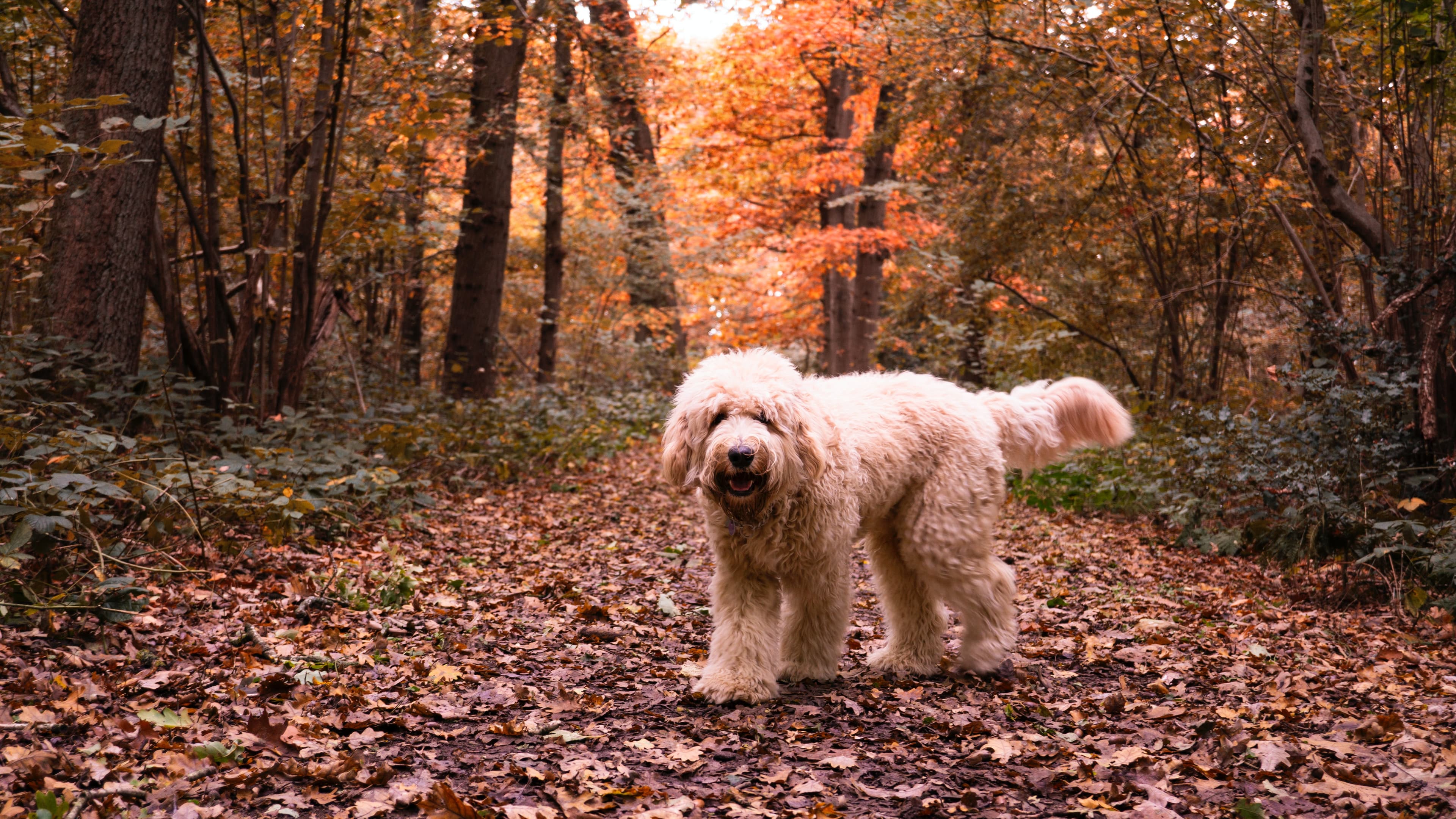How to protect your dog during winter and cold
Winter and darkness are here, during this time there are some things that you need to think about to take care of your dog in the best way.
Reflexes
During the winter it can sometimes feel like it's dark all day, so it's important that both you and your dog are properly visible when you're outside. To make sure you're properly visible on your walks, you should both use reflectors. For dogs, there are both blankets and collars with reflectors. It may also be a good idea to put a flashing light on your dog to make it easier for you to see where it is if it runs loose.
Watch out for spilled glycol
In our cars we use both washer fluid and radiator fluid, these often contain glycol, also known as ethylene glycol. Glycol doesn't taste nasty, but has a sweet taste that dogs are happy to lick. So be very careful if you spill glycol, even a small amount can cause serious poisoning and the animal may die. Contact your vet if you suspect your dog has ingested glycol.
Even dogs need clothes
Remember that you need to dress both you and your dog according to the weather. If you have a dog with a smaller coat, it may be a good idea to buy a lined blanket for it to use in sub-zero temperatures. For all dogs, it can be nice to wear a rainproof blanket, which will keep the dog's coat drier on rainy autumn and winter days.
Dog in car
In winter, a switched-off car cools down quickly. So don't leave your dog alone in the car for long periods of time, as it gets very cold.
Road salt
The salt used on the roads in winter can dry out the skin on your dog's paws, causing them to sting. Therefore, it is a good idea to rinse and dry your paws when you get in. Remember to dry thoroughly even between the dog's pads.
Snow
When there is snow outside, the dog may get lumps of snow stuck on its paws and between its toes. You can easily remove these when you come in by rinsing the paws with lukewarm water, remembering to dry the dog thoroughly.
Slipping
If you have your dog loose when it's slippery outside, it's important to remember that dogs can also slip and injure themselves when walking or running on a slippery surface. Make sure your dog is warmed up before letting it loose. If you have a dog with problems such as arthritis, it is best to keep it on a lead when it is slippery outside.
Frostbite
When it's cold outside, your dog can suffer from something called cold sores. Signs of this are that the dog refuses to walk while lifting one or more paws into the air. If the dog gets cramps in several paws at the same time, it may fall over.
If your dog gets cramp during a walk, take the dog's paws in your hands and massage gently. If you have a small dog, you can pick it up and even tuck its paws under your jacket. If your dog gets colds often, you can make do with short walks when it's very cold outside, but make sure you get your dog properly active indoors.
Remember to activate your dog
Many dogs are under-stimulated in winter, this is because we humans generally spend more time indoors in winter. But many dogs enjoy playing in the snow, so make sure you go for a proper winter walk together even if it's cold outside.
If it's really cold outside and you'd rather spend the day indoors, take your dog out for shorter walks. But you need to remember to activate the dog indoors, such as hiding treats or dog food around the house for the dog to find, or training the dog to search for a toy.
Food in winter
If you exercise your dog significantly less during the winter, it may be a good idea to be vigilant about the amount of food your dog eats. Sometimes it's a good idea to cut down slightly on the amount of food and treats depending on how much you move your dog in winter.






